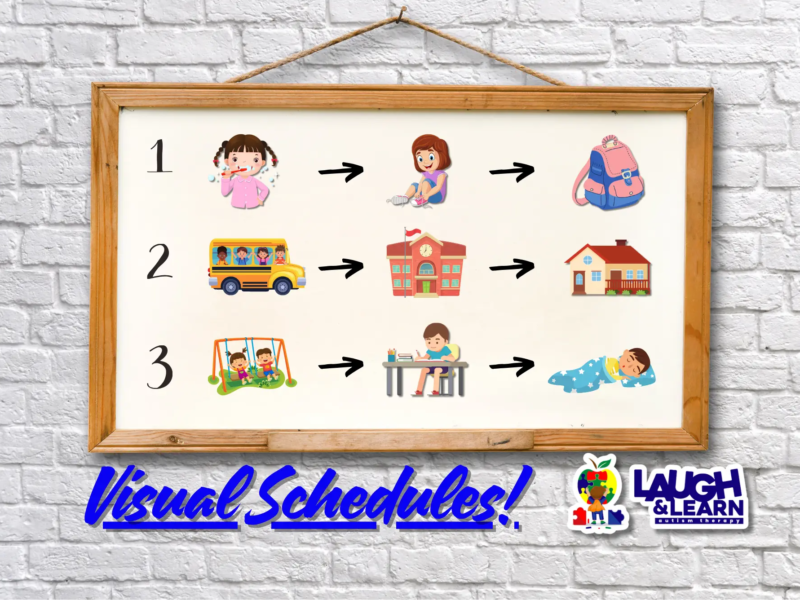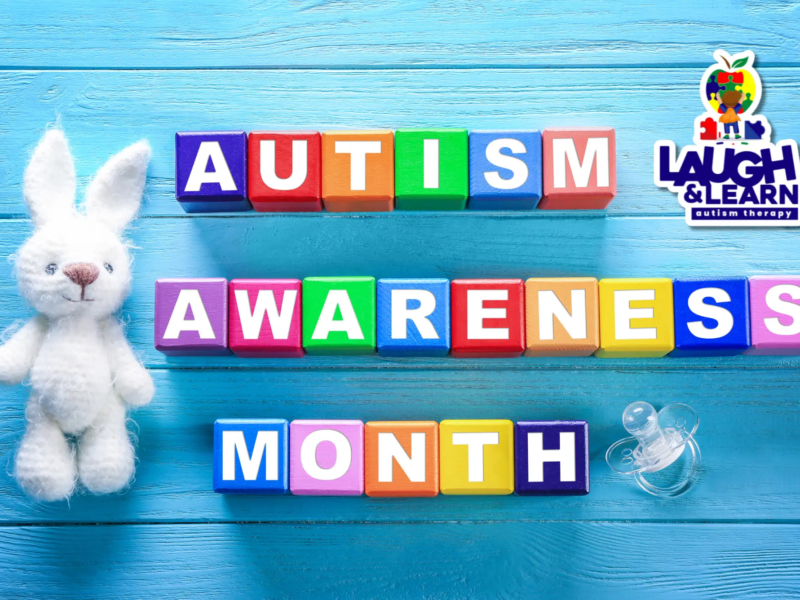5 ABA-Based Behavior Therapies for Children
ABA-based behavior therapies are highly effective approaches for children with autism spectrum disorder (ASD) that focus on improving their behaviors and functional skills. There are several ABA-based behavior therapies tailored to specific age groups and developmental needs. In this blog post, we’ll explore five prominent ABA therapies that have proven successful in enhancing communication, cognitive development, and social skills in children with ASD.
- Early Intensive Behavioral Intervention (EIBI)
Early Intensive Behavioral Intervention (EIBI) is a comprehensive therapy designed for children under the age of 5. This therapy can be administered in various settings, including schools, centers, or within the home environment. The primary goal of EIBI is to help young children with ASD develop functional skills and effective communication abilities.
EIBI utilizes structured teaching methods, individualized lesson plans, and data-driven assessment to tailor the therapy to each child’s unique needs. This approach helps children acquire essential life skills while fostering early intervention to maximize their potential.
- Early Start Denver Model (ESDM)
The Early Start Denver Model (ESDM) is a specialized ABA therapy for children aged 12 to 48 months. ESDM places a strong emphasis on developing communication and cognitive skills in young children with ASD. This play-based therapy integrates applied behavioral and developmental principles, making learning enjoyable and engaging for the child.
Through ESDM, therapists and caregivers aim to enhance a child’s social interaction, communication, and cognitive abilities. This therapy focuses on fostering early connections, which are crucial for a child’s future development.
- Joint Attention, Symbolic Play, Engagement & Regulation (JASPER)
JASPER is a model designed for children between 12 months to 8 years old, concentrating on improving play and communication skills. This therapy places an emphasis on joint attention, symbolic play, engagement, and regulation. JASPER provides a structured approach to help children with ASD develop fundamental social and play skills.
By teaching children how to engage with others, use symbolic play, and manage their emotions, JASPER aims to foster better social interactions and communication abilities. The therapy is carried out through play-based interventions, ensuring that learning is both enjoyable and effective.
- Natural Environment Teaching (NET)
Natural Environment Teaching (NET) is tailored for children aged 2 to 9. This therapy is designed to reinforce language, play, and social skills in the child’s natural environment, which could be their home or community setting. NET takes advantage of real-life situations to provide opportunities for learning and skill development.
By incorporating ABA techniques within everyday activities and routines, NET allows children with ASD to generalize their skills and adapt them to various situations. This approach encourages children to apply their learned skills naturally, promoting functional independence.
- Pivotal Response Treatment (PRT)
Pivotal Response Treatment (PRT) is a play-based and child-initiated therapy. It is particularly effective in enhancing communication, self-management, and social behaviors in children with ASD. PRT focuses on pivotal behaviors that have a significant impact on the child’s overall development.
PRT uses naturalistic teaching strategies to motivate children to initiate communication and take an active role in their learning. It emphasizes child choice, shared control, and using child interests to drive the therapy. PRT’s flexibility makes it an engaging and effective approach for children with ASD.
Conclusion
ABA-based behavior therapies have transformed the lives of countless children with autism spectrum disorder. These therapies, tailored to specific age groups and developmental stages, offer hope and support for children and their families. Whether it’s the early intervention of EIBI or the play-based learning of ESDM, these therapies provide children with the tools they need to unlock their full potential, fostering growth and development in communication, cognitive abilities, and social skills. The diversity of these ABA therapies ensures that children with ASD receive the individualized care they need to thrive in their unique journey.
For more information on the 5 types of ABA-Based Behavior Therapies visit the Autism Speaks blog on the same topic!



